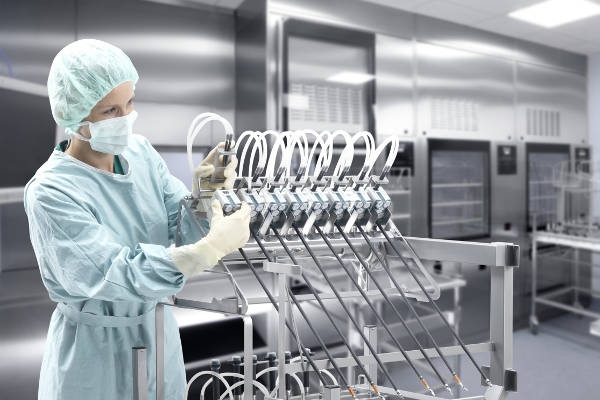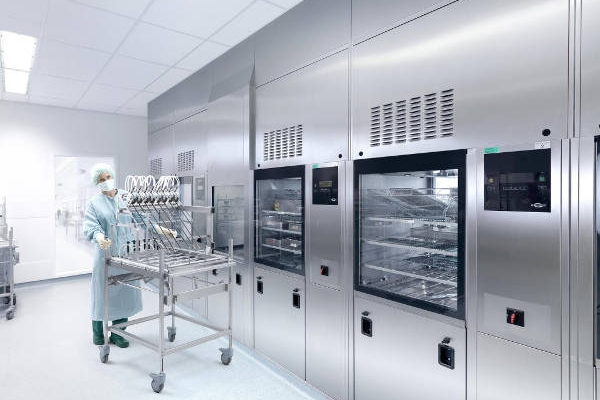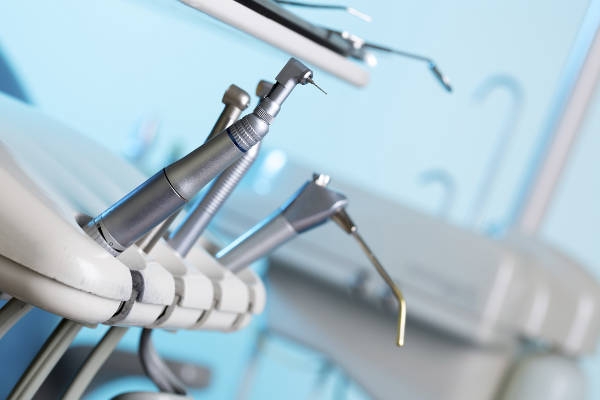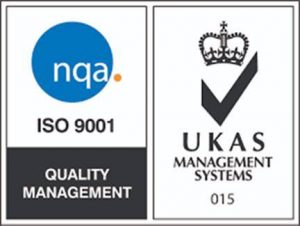Washer Disinfector Validation
Washer Disinfectors are required to carry out both cleaning and disinfection of a load such as surgical instruments.
The cleaning and disinfection processes require validation to demonstrate they will consistently clean and disinfect all instrument or load scenarios likely to be presented including those most difficult to clean and disinfect (maximum challenge). The choice of test loads and test soils need careful consideration to ensure that this objective is met.
Visual inspection will not detect soiling on the internal surfaces of instruments with lumens and will not detect low, but potentially significant, concentrations of soiling (for example proteins) or residual chemical additives from the washer disinfector remaining on load items.
We provide fast response to all web mail.
There is no simple method to verify by inspection or test the efficacy of the disinfection process on product prior to use.
Therefore the cleaning and disinfection processes should be validated before use, the performance of the process should be monitored during routine use, the calibration of controls and instrumentation should be verified quarterly, and the equipment should be subjected to a suitable maintenance programme.
Regarding protein detection, work commissioned by the Department of Health (UK) indicates the upper limit of acceptable protein contamination after processing is 5μg BSA equivalent per instrument side. A lower level is necessary for neurosurgical instruments. It is necessary to use protein detection methods to check for the efficient removal of protein from surgical instruments after processing. Protein levels are used as an indication of the amount of prion protein contamination. Ninhydrin swab kits are commonly used for this purpose, but recent evidence shows that ninhydrin is insensitive. Furthermore, proteins are poorly desorbed from instruments by swabbing.




